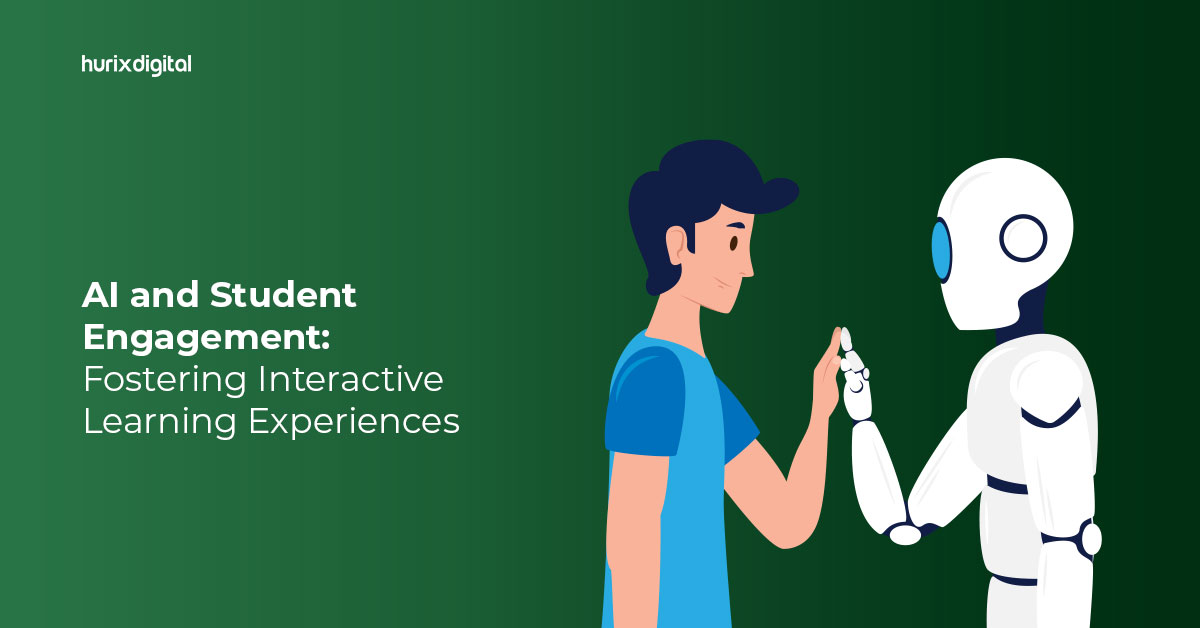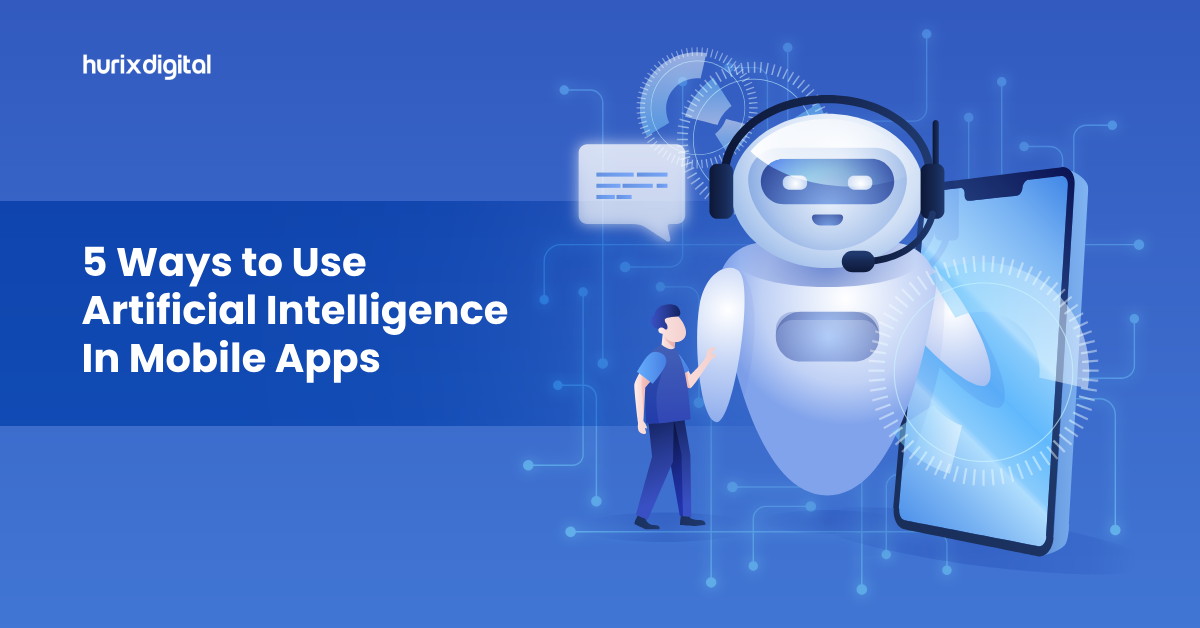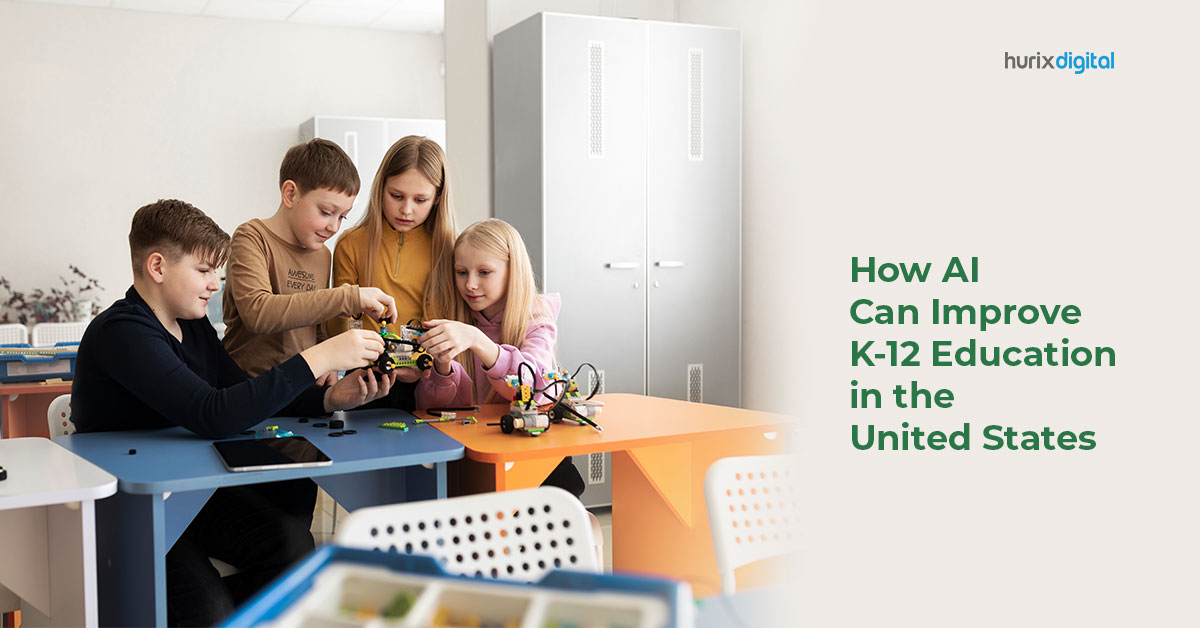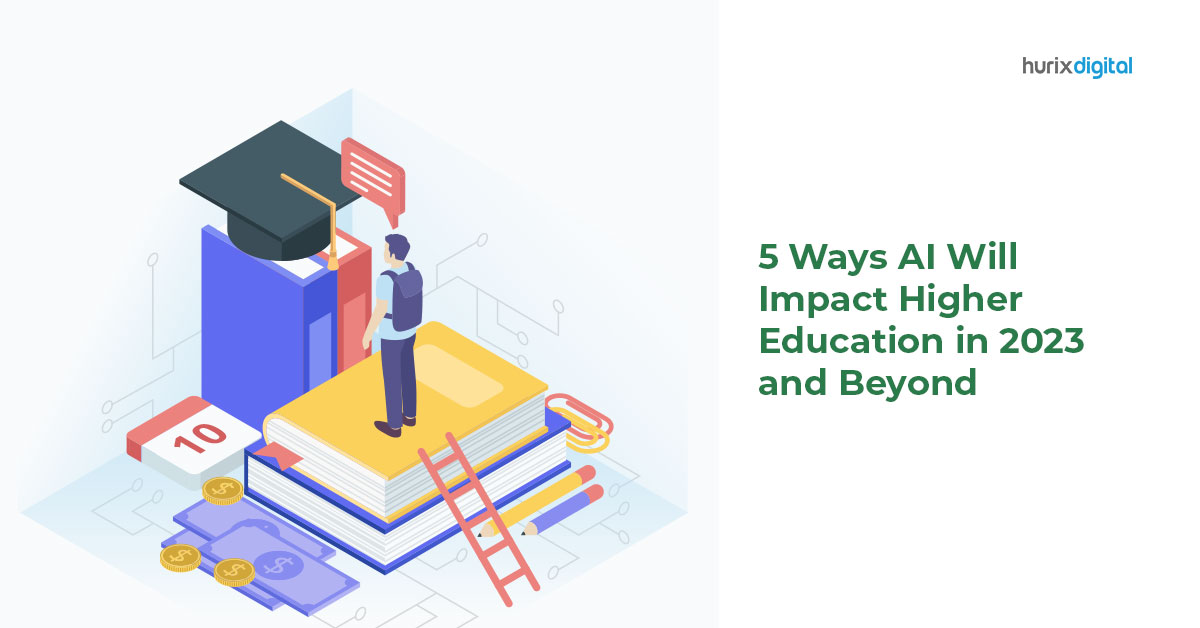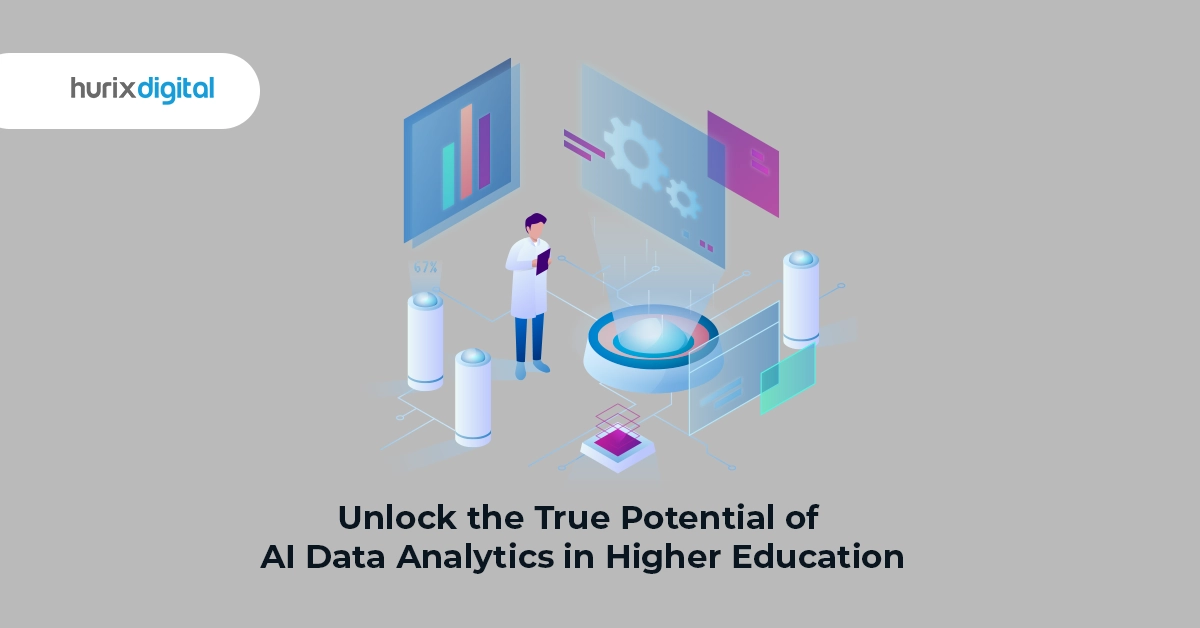
Unlock the True Potential of AI Data Analytics in Higher Education
Summary
AI data analytics is changing various businesses, including healthcare, banking, energy, and shopping. Among these companies, teaching stands out as an area of great promise for AI technologies.
Traditional educational institutions face numerous hurdles, such as student disinterest, high dropout rates, and the inefficacy of a “one-size-fits-all” educational approach. However, the smart application of big data analytics and AI can lead to personalized learning experiences, potentially fixing some problems.
This blog will study the changing effect of AI data analytics in higher education, covering the role of AI in focused learning, the benefits of AI in better learning results, and the difficulties and social factors in adopting AI in education.
Table of Contents:
- Understanding AI Data Analytics
- Key Benefits of AI Data Analytics in Higher Education
- AI Predictive Analytics: Trendsetter for Higher Education
- Challenges and Ethical Considerations
- Future Prospects of AI Data Analytics in Higher Education
- Conclusion
Understanding AI Data Analytics
AI data analytics is a type of data analysis that uses machine learning (ML) to build insights from big amounts of data. It includes the collaboration of AI and data analytics to ease data processing, spot trends, and make predictions.
AI data analytics includes AI and data analytics, AI analytics, and AI forecast analytics. Data analytics and AI are important in higher education to enhance learning results, personalize education, and improve management efficiency.
The rising usage of machine learning and data analytics in academic schools helps to find student strengths and flaws, predict academic success, and better distribute resources. AI data analytics also helps to reduce regular jobs, manage plans, and improve student retention rates.
Also Read: Exploring the Benefits of Text-to-Speech Technology in Educational Settings
Key Benefits of AI Data Analytics in Higher Education
1. Enhanced Learning Outcomes
AI analytics helps find students’ strengths and flaws by studying big records on student performance, participation, and behavior. Predictive AI tools can predict students’ academic progress and provide personalized solutions to meet their needs.
For instance, AI-powered learning systems can change the pace, content, and difficulty level depending on each student’s success, improving their understanding and memory of the material.
2. Personalized Education
Data science and AI allow the tuning of learning experiences to cater to individual students’ tastes and learning styles. Adaptive learning systems driven by AI can instantly change the educational content and delivery ways based on feedback, improving student involvement and fostering a better knowledge of the course element.
3. Enhanced Administrative Performance
AI can ease regular jobs in higher education, freeing teachers and staff to focus on more important contacts with students. For example, AI-based tools can handle regular marks, schedules, and resource sharing, improving institutional operations & boosting efficiency.
AI Predictive Analytics: Trendsetter for Higher Education
1. Predictive AI in Curriculum Development
Predictive AI helps to build curriculums that meet future job market needs by studying past data on market trends and student success. This data can find the skills for future job roles and build curriculums that match these needs.
Also, AI in data science programs can predict the demand for particular skills and change the curriculum accordingly, ensuring that students are prepared with the skills needed to achieve in the job market.
2. Student Retention and Success
Predictive models find at-risk students by studying their academic progress, attendance, and other behavioral data. These models can also suggest suitable steps to help these students, such as extra teaching or coaching.
By finding at-risk students early, educators can provide personalized support to help them stay on track and achieve their academic goals.
3. Resource Management
AI predictive analytics helps to manage resources such as teachers, funds, and buildings by studying past data on resource usage and predicting future needs. This data can improve resource sharing, ensuring that resources are used successfully and efficiently.
For example, forecast analytics can help spot areas where teacher resources are wasted and change the program accordingly, freeing up resources for more important areas.
Challenges and Ethical Considerations
1. Data Privacy and Security
Ensuring data safety and security is vital in AI data mining. Educational groups must adopt strong policies and systems to protect student data, receive informed permission, and limit access to private information.
2. Bias and Fairness
AI devices can honor biases with the available data. Educational groups must ensure justice in AI uses by handling biases and ensuring that AI systems are built to support equality and inclusion.
3. Implementation Challenges
Implementing AI and data analytics in educational institutions offers technical and physical hurdles. Integrating AI systems with current infrastructure, ensuring data quality and interoperability, and teaching teachers and staff are important factors.
Future Prospects of AI Data Analytics in Higher Education
AI-driven study tools and virtual teachers are new trends in higher education. AI analytics can help experts review big datasets, spot trends, and make predictions. Virtual teachers offer personalized help to students, improving their learning results.
AI-based school management and smart feedback tools are possible breakthroughs. AI can help handle school activities, such as plans and resource sharing, more effectively. Intelligent feedback systems can provide students with personalized feedback on their work, helping them improve.
The long-term effect of broad AI support in higher education will be important. AI will improve the learning process, improve student results, and optimize school processes. It will also offer new opportunities for study and creation, driving the development of new AI uses in education.
Check out EXCLUSIVE: Future-Proofing K5 Learning with Ingenious Educational Advancements Abstract
Conclusion
AI data analytics can transform higher education by giving sensible insights that enhance learning results, personalize education, and improve management efficiency.
Educational institutions can open new levels of student success and organizational greatness by applying predictive analytics, flexible learning tools, and automatic management jobs.
However, to fully count on these benefits, an organized and careful approach to adopting AI tools is important. Institutions must carefully consider the social effects, handle data security problems, and ensure balance in their AI uses.
With a commitment to ongoing growth and a desire to accept new technologies, higher education institutions can stay ahead in the competitive academic scene and provide students with a truly changing learning experience. Hurix Digital helps you discover the opportunities of AI data processing.
So what are you waiting for? Contact us today!

Currently serving as the Vice President of Technology Delivery Operations at HurixDigital, a prominent global provider of digital content and technology solutions for publishers, corporations, and educational institutions. With over 16 years of experience spanning EdTech and various domains, I hold certification as a SCRUM Product Owner (CSPO). My expertise includes operations, finance, and adept people management skills.
